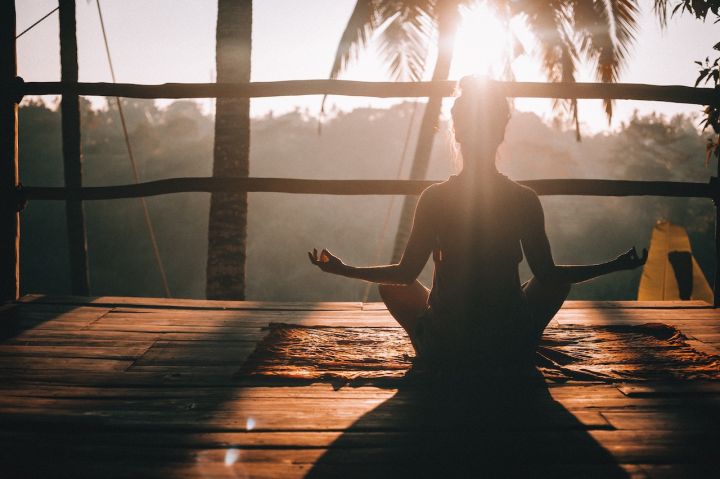Flow yoga is a very popular genre among yoga practitioners because the movements are choreographed in a flowing manner, leaving a feeling of well-being after practicing. Breath by breath, movement by movement, it will let the body energy gradually rise and flow throughout the body with the asana, it is also an excellent way to improve body awareness, balance strength and flexibility.

If you have experienced flow yoga with different teachers, you will definitely have a different class experience. A quality class will allow practitioners at different stages to feel their bodies being gradually opened and stretched in the same class, as if the eight channels are being unblocked.
How is a quality flow yoga class structured?
1. Clear class theme

Goal is always an inescapable thing that we are born with, from childhood to adulthood, we have to set a goal for everything we do, and yoga class is no exception. A class should have a theme, that is, what do you want your body and mind to feel after the class, and what kind of practice effect do you want to achieve, whether it is shoulder opening, pith opening, or back bending. But be careful, the theme should be clear, not east and west, otherwise the class will be very confusing, do not know what you really want.
2. Asana difficulty level progressively
When the theme is determined, our class should run to the theme, but the degree of difficulty of the action must be from easy to difficult. At the beginning, we should use simple asanas to help the body warm up, and gradually increase the difficulty to reach your intended theme. But the choreography of the movements is not randomly put together, even the simplest movements are for the theme. For example, if our theme is backbends, then the warm-up asana can start with simple side bends and twists to activate the body and flex the spine.
3. Natural transition

The reason why flowing yoga is flowing is because the articulation and transition between movements is smooth, the transition of asanas is based on the interconnection of different asanas to complete the articulation of each section of practice, and the transition between adjacent asanas should also be considered to be more natural, we know that vinyasa is often used in yoga sequence to connect into the next section or reverse side practice.
4. Pay attention to breathing
Unlike other yoga postures where each asana stays for 3-5 breaths, flow yoga is one breath per movement. Therefore, there are certain requirements for yoga practitioners, those who don't have any practice experience may not be able to keep up, or don't know the name of the asana to do inside the teacher's command, so they will panic and can't keep up.
5. Give different options

Because there are different levels of practitioners in a class, if you want all of them to gain in a class, you need to give different choices in asana selection.
If you are a yoga instructor, you can follow the above points to arrange your own class, if you are a yoga practitioner, you can combine your own experience to judge the yoga teacher's course, and then decide your own choice.

